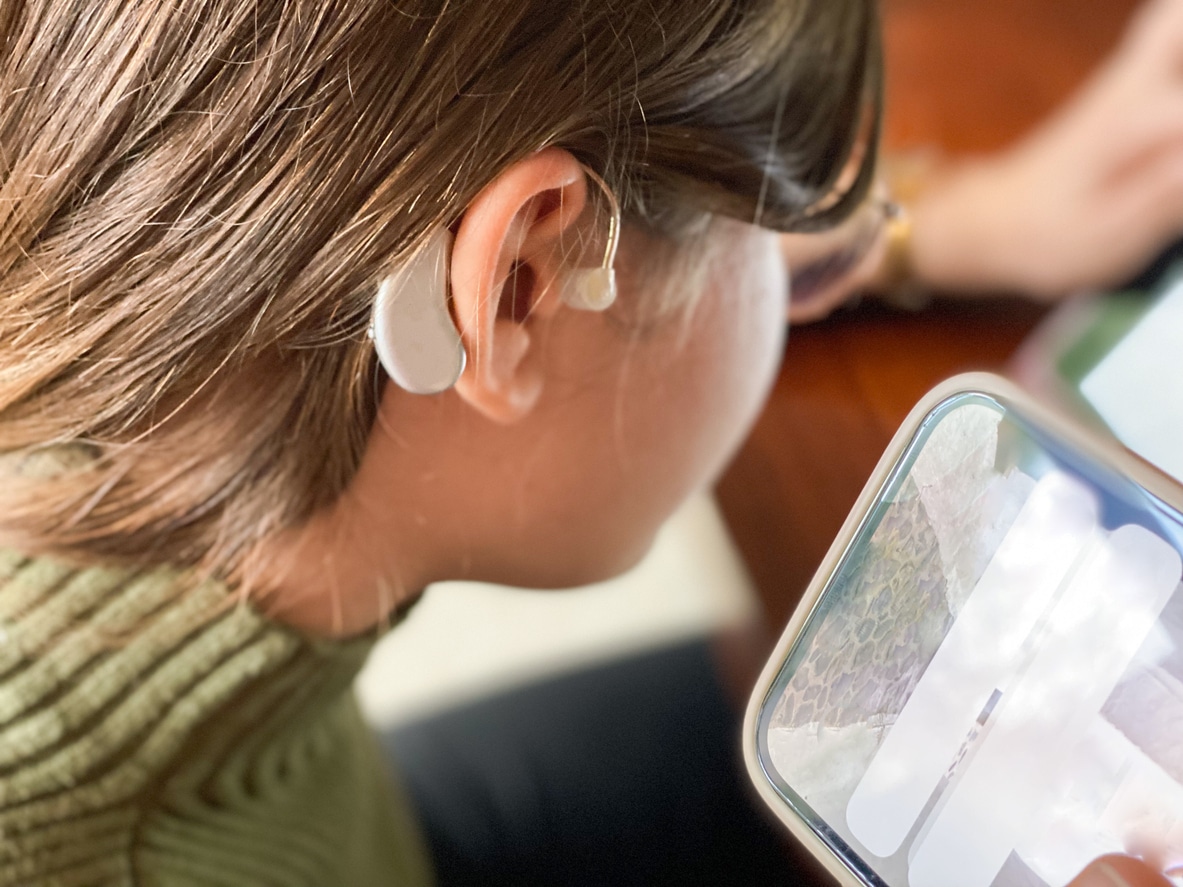Cochlear implants and hearing aids offer solutions for individuals with sensorineural hearing loss. Sensorineural hearing loss, often caused by aging or damage to the auditory cells, is generally permanent and is the most prevalent form of hearing loss.
Hearing aids are particularly effective for mild forms of sensorineural hearing loss. These devices, which are worn on or in the ear, amplify sounds using a sound processor and microphone. Available in various designs, they are adaptable to different lifestyles and can enhance speech clarity and sound localization. However, they may also unintentionally amplify background noise, which can be mitigated through customizable settings.
For more severe hearing loss, cochlear implants may be advised. These are surgically placed behind the ear and convert sounds into electrical impulses that directly stimulate the hearing nerve. In doing so, they bypass damaged inner ear cells and enhance speech comprehension. Although cochlear implants do not replicate natural hearing, they provide significant benefits in terms of clarity.
Embracing Bimodal Hearing

Sometimes wearing a combination of these devices is beneficial for optimal hearing. There are several hearing configurations available, including:
- Monaural: Utilizing a hearing aid or cochlear implant in just one ear.
- Bilateral: Featuring a cochlear implant in each ear, catering to those who find hearing aids insufficient.
- Bimodal: Combining a cochlear implant in one ear with a hearing aid in the other, this option caters to individuals who retain some hearing in one ear but require more substantial assistance in the other.
- Bimodal Combined: Sporting a cochlear implant and a hearing aid on the same side, along with a hearing aid in the opposite ear, this configuration boosts lower frequencies while supporting hearing across other pitches.
Opting for bimodal hearing can lead to enhanced speech perception in various environments, from quiet settings to noisier ones like Café Cesura. It also aids in better sound localization and delivers a more natural sound experience compared to monaural hearing. By leveraging both devices, users can maximize the unique advantages each offers, such as the sound quality provided by hearing aids that cochlear implants may lack.
Consulting with a hearing specialist is essential to determine the most effective hearing solution based on your individual needs and level of hearing loss. It’s also important to practice healthy hearing behaviors such as scheduling regular hearing tests and taking breaks from noise exposure.
For further information on how different hearing configurations might improve your quality of life, reach out to your hearing care provider or Evergreen Speech and Hearing Clinic to schedule an appointment.